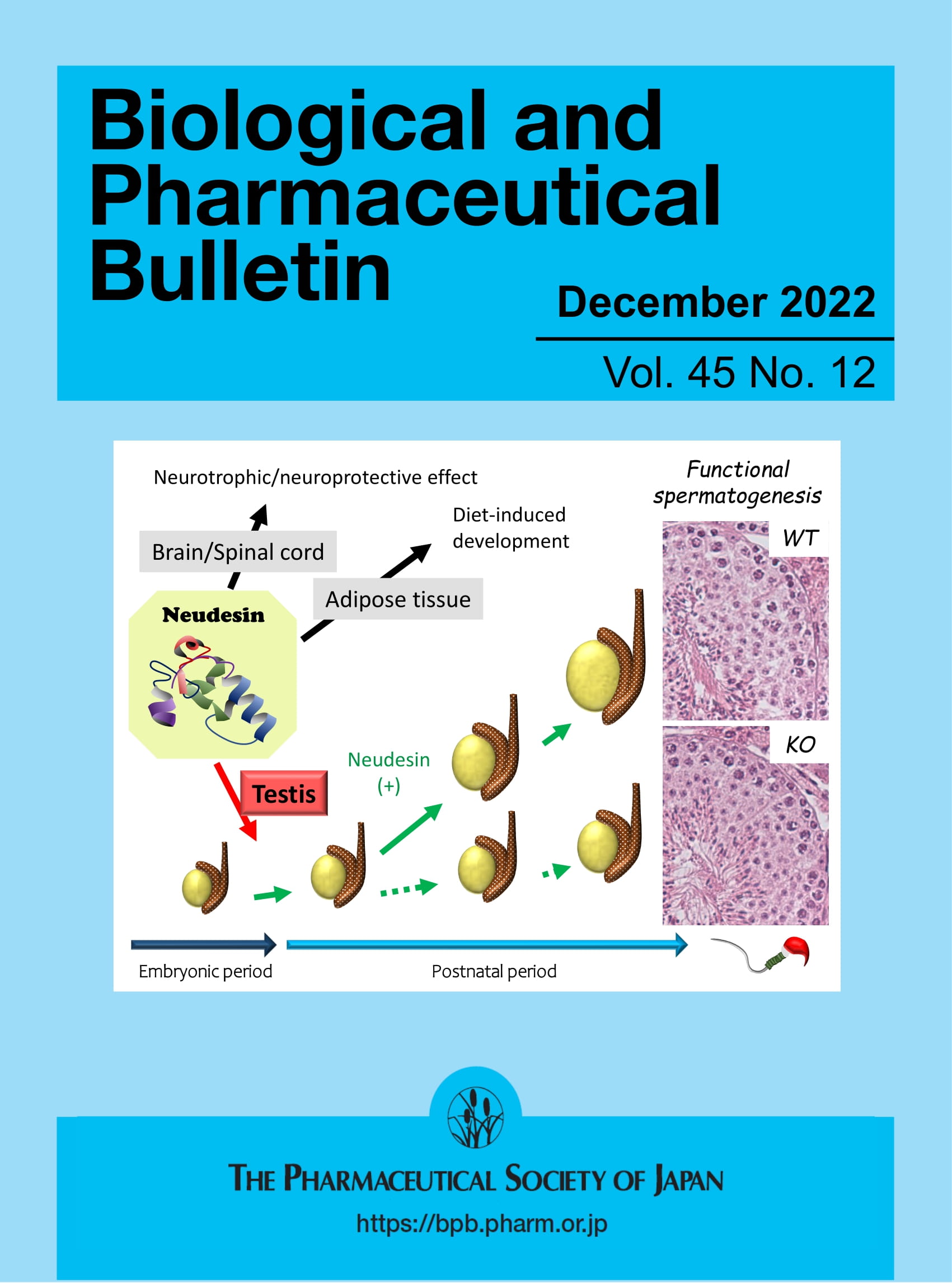Evaluation of Organic Explosive Training Aids: A Chemical Profiling Approach
Abstract
Rational
Organic explosive training aids play a vital role in training canines to detect explosive safely and effectively. However, there is limited scientific knowledge regarding the chemical composition and odour profiles of these aids, as well as the relationship between these characteristics. To address this gap, this study conducted chemical profiling to identify the chemical compounds and volatile organic compounds (VOCs) of these training aids. Additionally, the study aims to evaluate how factors such as explosive type, physical form and storage duration influence these critical training materials.
Methods
The chemical compounds from the training aids were extracted using sonication with acetonitrile, whereas volatile organic compounds were collected through heat exposure and solid-phase microextraction (SPME) fibres. Both the extracted chemical compounds and VOCs were analysed using gas chromatography mass spectrometry (GCMS). GCMS analysis was conducted in both scan and selective ion modes, enabling simultaneous qualitative and quantitative assessments, thereby optimizing efficiency and reducing costs.
Results
Silica-based aids showed a decrease in physical explosive content over time due to environmental exposure, whereas petroleum-based aids maintained consistent explosive levels due to the protective encapsulation of petroleum jelly. Silica-based aids are observed to emit higher concentrations of explosive vapour, whereas petroleum-based aids were characterized by more complex odour profiles. Additionally, the explosive vapour released from silica-based aids did not always correlate proportionally with their physical explosive content, unlike their petroleum-based aids.
Conclusions
This study provided valuable insights into how explosive type, base material and storage duration influence the properties of organic explosive training aids. Through the novel approach of integrating findings from composition and odour profiling, it introduces a transformative advancement in the understanding of these aids. This study also paves the way for the development of more reliable and effective training aids, thereby improving the efficiency and accuracy of canine explosive detection.



 求助内容:
求助内容: 应助结果提醒方式:
应助结果提醒方式:


